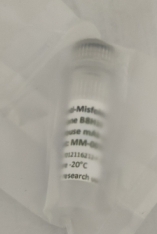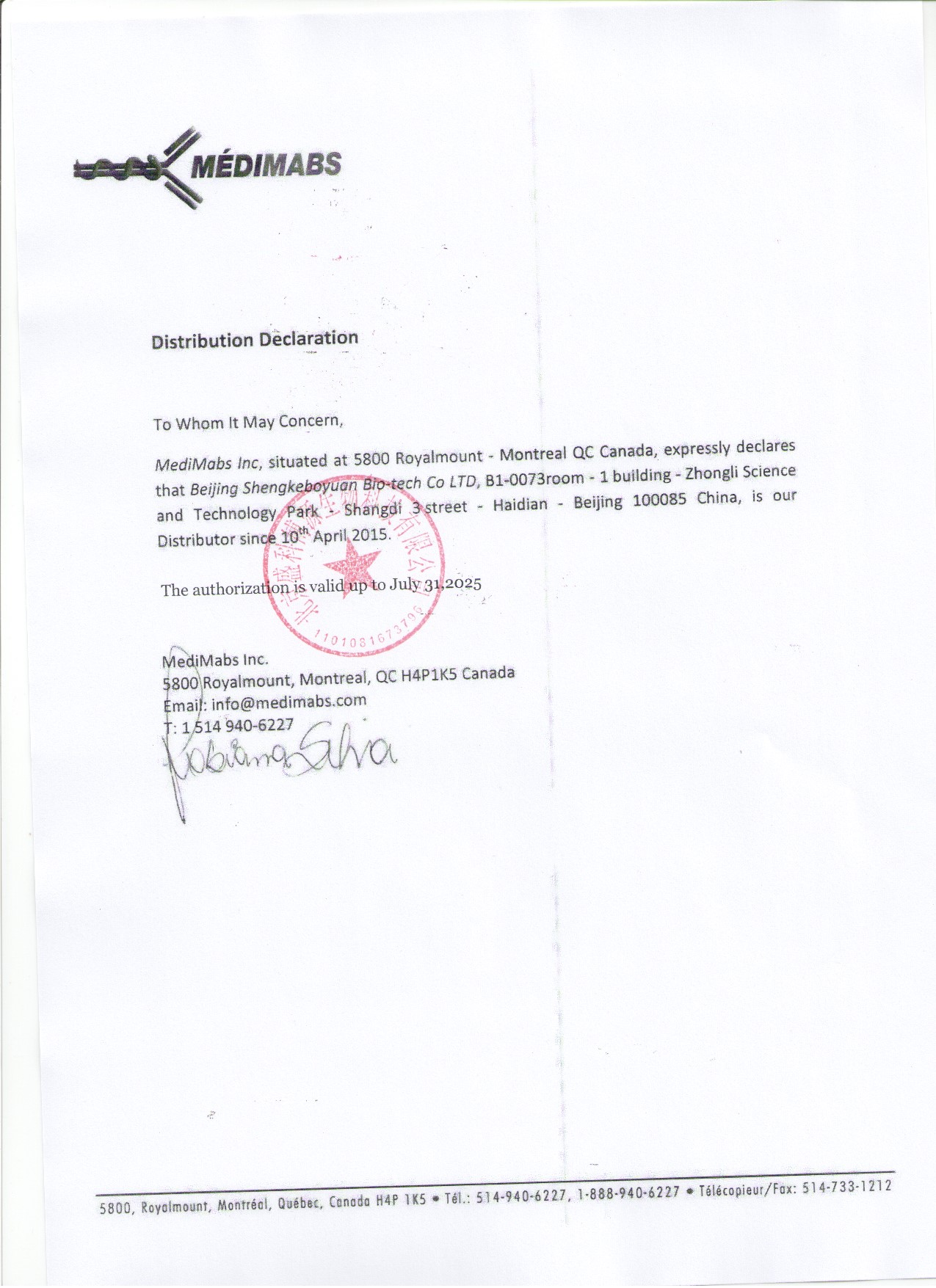 首页>
生物试剂
首页>
生物试剂
商家描述
商家资质信息
产品评价(0)
Target
PSMA
Target background
The prostate-specific membrane antigen (PSMA), also known as Glutamate carboxypeptidase II (GCPII) or N-acetyl –L-aspartyl-L-glutamate peptidase I (NAALDAse I), is an integral type II cell-surface zinc-metalloprotease of 750 amino acids. PSMA is predominantly expressed in epithelial cells of prostate tissue, and also found in the brain, kidney tubules, small bowel, and in endothelial cells in certain solid tumor neovasculature. Its expression in normal and malignant prostate correlates with tumor aggressiveness, with highest levels in hormone refractory and metastatic disease.
Target alias
Glutamate carboxypeptidase II (GCPII), N-acetyl –L-aspartyl-L-glutamate peptidase I (NAALDAse I)
Immunogen
Synthetic peptide of human PSMA comprised of amino acids 490-500.
Specificity
The antibody recognizes the extracellular residues 490-500 of human PSMA. The anitbody is ot reactive to mouse or rat PSMA homologue.
Clone ID
17G1
Isotype
IgG1 kappa
Preservative
None
Format
Purified with protein G, stored in PBS pH 7.4 and lyophilized.
Recommend starting dilution
Reconstitute with deionized water. Optimal dilution has to be determined by the user.
Limitations
Research Use Only
Storage
Lyophilized antibodies can be kept at 4ºC for up to 3 months and should be kept at -20ºC for long-term storage (2 years). To avoid freeze-thaw cycles, reconstituted antibodies should be aliquoted before freezing for long-term (1 year) storage (-80ºC) or kept at 4ºC for short-term usage (2 months). For maximum recovery of product, centrifuge the original vial prior to removing the cap. Further dilutions can be made with the assay buffer. After the maximum long-term storage period (2 years lyophilized or 1 year reconstituted) antibodies should be tested in your assay with a standard sample to verify if you have noticed any decrease in their efficacy. To limit antibody loss or degradation, BSA (final concentration 1%) and sodium azide (final concentration 0.02%) can be added to the suggested first dilution. It is important to first verify if those preservatives are compatible with your assay.
 会员登录
会员登录.getTime()%>)
 购物车()
购物车()

 成功收藏产品
成功收藏产品
